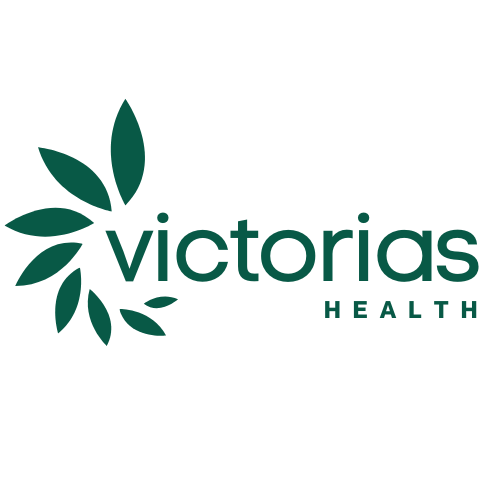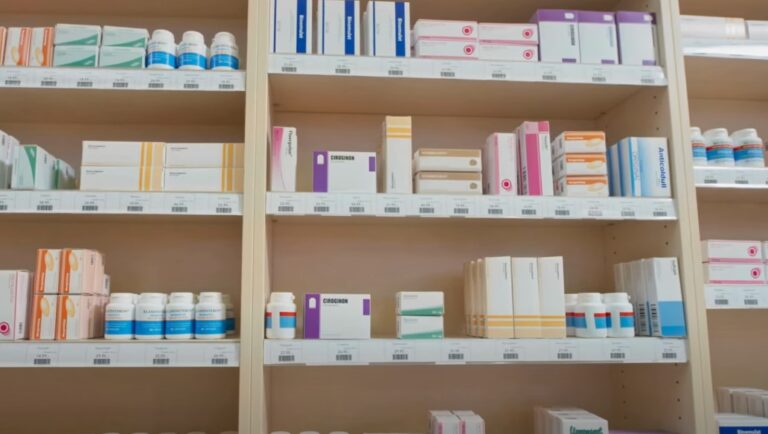Drug shortages in the United States have reached unprecedented levels, causing significant challenges for patients and healthcare providers.
Over 323 active drug shortages were reported in the U.S. as of early 2024, surpassing the previous record set in 2014.
Critical medications such as chemotherapy drugs, emergency medications, and ADHD treatments are among the most affected. Patients face disruptions in care, while healthcare providers struggle to manage limited supplies and find suitable alternatives.
The crisis highlights the fragility of the pharmaceutical supply chain and the urgent need for strategic solutions to stabilize drug availability.
Scope and Severity of Drug Shortages
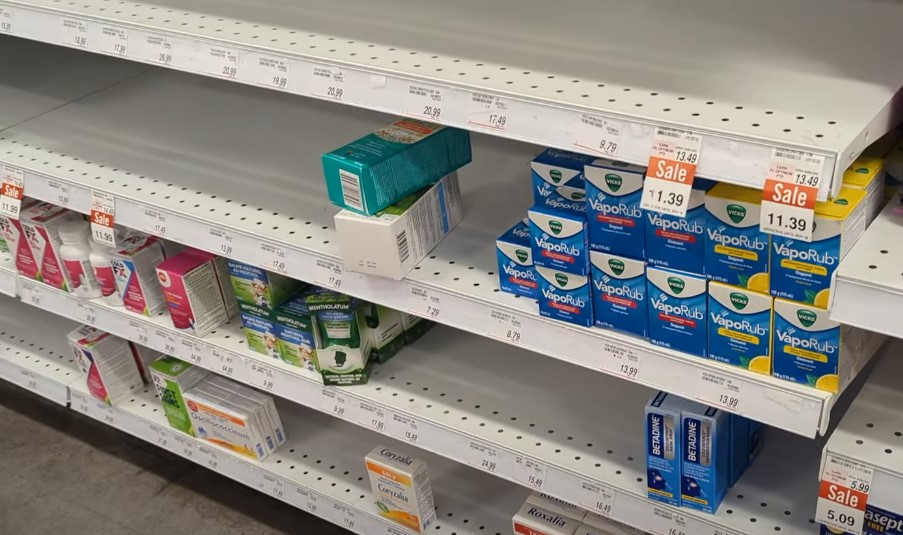
Drug shortages have become one of the most serious challenges facing healthcare systems worldwide.
A growing number of critical medications have become unavailable, forcing healthcare providers to make difficult decisions about treatment priorities.
Patients face increased health risks as life-saving drugs, including chemotherapy treatments and emergency medications, remain in short supply. The problem extends beyond national borders, affecting healthcare delivery in multiple regions.
Current Statistics and Trends
Over 323 active drug shortages were reported in the United States as of early 2024, marking a record high and surpassing previous peaks seen in 2014.
Persistent shortages of essential medications such as sterile injectables and cancer treatments have exacerbated the problem.
Despite previous attempts to stabilize supply chains, the availability of critical drugs continues to decline.
Key statistics and trends include:
- Over 323 active drug shortages as of early 2024 — the highest number ever recorded.
- Shortages of sterile injectables and chemotherapy drugs continue to affect patient care.
- Hospitals and pharmacies face growing pressure to ration supplies and make difficult treatment decisions.
- Increased demand for weight-loss and diabetes medications further strains production capacity.
Patients with chronic illnesses and life-threatening conditions are at increased risk of receiving delayed or alternative treatments, which may be less effective or more toxic.
Healthcare workers are burdened with the task of managing limited resources while maintaining patient care standards.
Global Impact
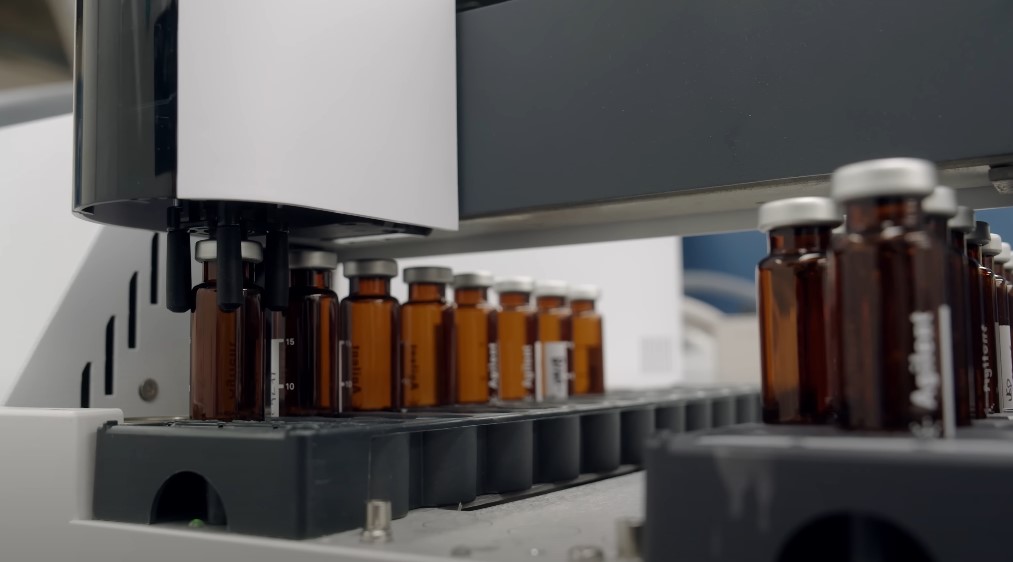
Drug shortages are not confined to the United States.
Countries across Europe, Asia, and South America have reported similar struggles in maintaining a consistent supply of essential medications.
Pharmaceutical production and distribution face disruptions caused by geopolitical and economic instability.
Key factors contributing to the global shortage:
- Heavy reliance on production centers in China and India creates supply chain vulnerabilities.
- Geopolitical conflicts, such as the Ukraine-Russia war, have disrupted trade routes and slowed drug distribution.
- Regulatory differences across countries complicate international drug production and approval processes.
Increased global demand for critical medications strains manufacturing capacity worldwide.
A single production failure, contamination event, or trade dispute in these regions can result in worldwide shortages.
Countries with fewer domestic pharmaceutical manufacturers face even greater risks, as they rely heavily on imported medications.
Causes of Drug Shortages
Drug shortages have become a pressing issue in healthcare, affecting patients and providers worldwide.
Multiple factors contribute to these shortages, including manufacturing setbacks, increased market pressure, and disruptions caused by natural disasters and political instability.
Manufacturing and Supply Chain Issues
Manufacturing problems have emerged as one of the leading causes of drug shortages. That’s why you should consider having important health supplies at home as a backup.
Issues with production quality, contamination, and equipment failures frequently disrupt drug availability.
Regulatory bodies have also struggled to maintain consistent oversight, allowing production issues to persist.
- Quality Control Problems – Manufacturing defects and contamination issues often force production lines to shut down, cutting off supply for critical medications.
- Regulatory Failures – Inadequate inspections and inconsistent enforcement of manufacturing standards have allowed subpar production practices to continue, increasing the likelihood of shortages.
- Geographical Concentration of Production – Over-reliance on production facilities in China and India creates vulnerability in the supply chain.
- Logistical Challenges – Transporting raw materials and finished drugs across international borders presents logistical complications.
- Limited Production Capacity – Many pharmaceutical companies operate with thin margins and limited capacity, making it difficult to respond to sudden increases in demand or supply chain disruptions.
Increased Demand and Market Pressure

Growing demand for medications has placed immense strain on the pharmaceutical industry, making it difficult for manufacturers to keep pace with production targets.
Increased reliance on medications for weight loss and diabetes, combined with intense pricing pressure, has created a complex market dynamic that impacts drug availability and supply chain stability.
Nurse practitioner work life balance suffers as they are forced to manage patient care under stressful conditions with limited drug availability.
High Demand for Specific Medications
Weight-loss and diabetes treatments have experienced a dramatic rise in demand. Drugs like GLP-1 receptor agonists used for both diabetes and weight management have become difficult to source, leaving manufacturers struggling to meet production quotas.
Low Profit Margins for Generic Drugs
Generic drug manufacturers often face tight profit margins due to market competition. Lower prices reduce incentives for manufacturers to produce large quantities, making it harder to respond to supply chain disruptions or spikes in demand.
Market Consolidation
Fewer manufacturers controlling drug production has made the supply chain more fragile.
Just-in-Time Inventory Models
Many pharmaceutical companies use just-in-time inventory strategies to minimize storage costs and reduce financial risk. This approach leaves little room for error, making supply chains vulnerable to even minor disruptions.
Price Pressure from Insurers
Health insurance companies frequently push for lower drug prices to reduce their own costs.
While this benefits patients in terms of affordability, it often forces manufacturers to cut production volumes or withdraw drugs from the market altogether.
Reduced production capacity leaves fewer options for patients and healthcare providers, increasing the likelihood of treatment delays.
Disasters and Geopolitical Events
View this post on Instagram
Natural disasters and political instability have severely affected drug production and supply chains. Unexpected events can cripple manufacturing capacity and disrupt global distribution networks.
- Natural Disasters – A tornado that struck a Pfizer plant in 2023 caused extensive damage and halted production of critical medications.
- Political Instability – Political events like Brexit and the Ukraine-Russia conflict have created trade barriers and disrupted the flow of raw materials and finished drugs.
- Supply Chain Disruptions Due to Sanctions – Economic sanctions on major pharmaceutical production regions have restricted access to key ingredients and manufacturing equipment.
- Labor Strikes and Workforce Shortages – Strikes among transportation and manufacturing workers have caused delays in drug production and shipment, contributing to longer shortages.
- Infrastructure Failures – Damage to roads, ports, and shipping channels due to natural disasters or conflict can severely limit the movement of drugs across borders.
Impact on Patients
Drug shortages have created significant challenges for patients, affecting not only their physical health but also their financial stability and mental well-being.
Limited access to essential medications forces healthcare providers to make difficult decisions, which can lead to delays in care and increased reliance on less effective or more harmful alternatives.
A closer look at clinical, economic, and humanistic impacts reveals how drug shortages have intensified the healthcare crisis.
Clinical Outcomes
Disruptions in drug availability have led to serious clinical consequences for patients, particularly those with chronic or life-threatening conditions.
Healthcare providers often have to substitute unavailable medications with alternatives that may be less effective or carry greater risks.
Shortages of chemotherapy drugs often lead to incomplete or postponed regimens, which can significantly reduce survival rates for cancer patients.
Lack of access to essential medications, such as antibiotics or emergency drugs, can result in preventable deaths.
Emergency medications are frequently unavailable or limited, forcing doctors to rely on alternative treatments that may not work as effectively.
Patients with chronic conditions like diabetes, heart disease, and respiratory issues face increased health risks when prescribed substitutes that don’t manage symptoms as effectively.
Inadequate drug availability can prolong recovery times, increasing the risk of infections and other complications.
Economic Consequences
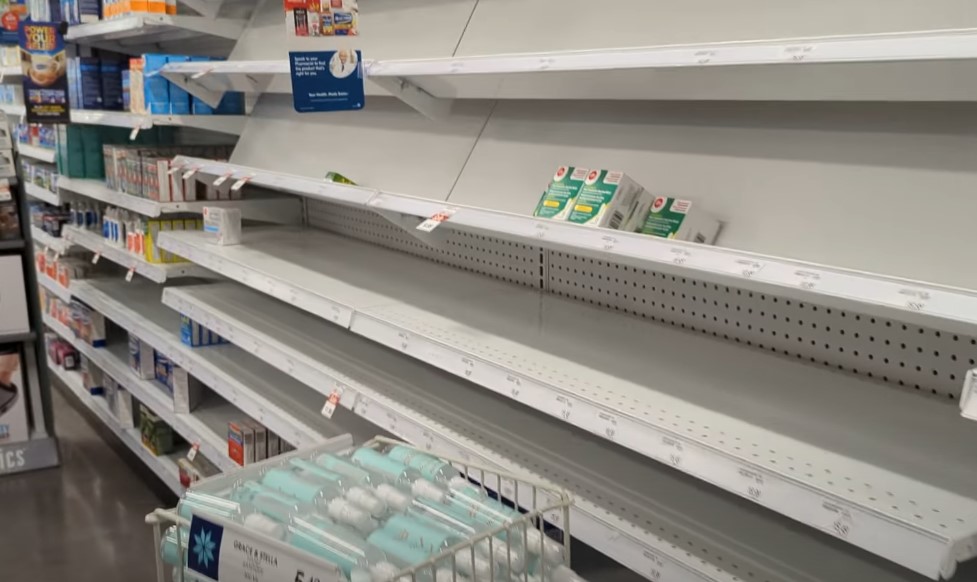
Financial strain caused by drug shortages affects patients at all income levels, creating additional barriers to accessing necessary treatments.
Pharmaceutical companies and healthcare providers often increase prices for alternative drugs, passing the cost down to patients.
Out-of-pocket expenses rise, forcing some patients to make difficult choices about their care.
Increased demand for limited medications drives up costs, making essential treatments less affordable.
Insurance companies may refuse to cover certain alternative medications or require higher co-pays, leaving patients with fewer options.
Rising out-of-pocket expenses put additional pressure on families, particularly those managing chronic or complex health conditions.
Higher costs make it difficult for low-income patients to afford critical treatments, widening healthcare inequities.
Patients may turn to international pharmacies or unregulated sources to find medications, increasing the risk of counterfeit or contaminated drugs.
The Bottom Line
Drug shortages represent a growing threat to patient care and healthcare systems worldwide.
Increasing mortality rates, higher treatment costs, and operational challenges require immediate attention.
Strengthening supply chains, diversifying production sources, and improving regulatory oversight are critical steps in addressing the crisis.
